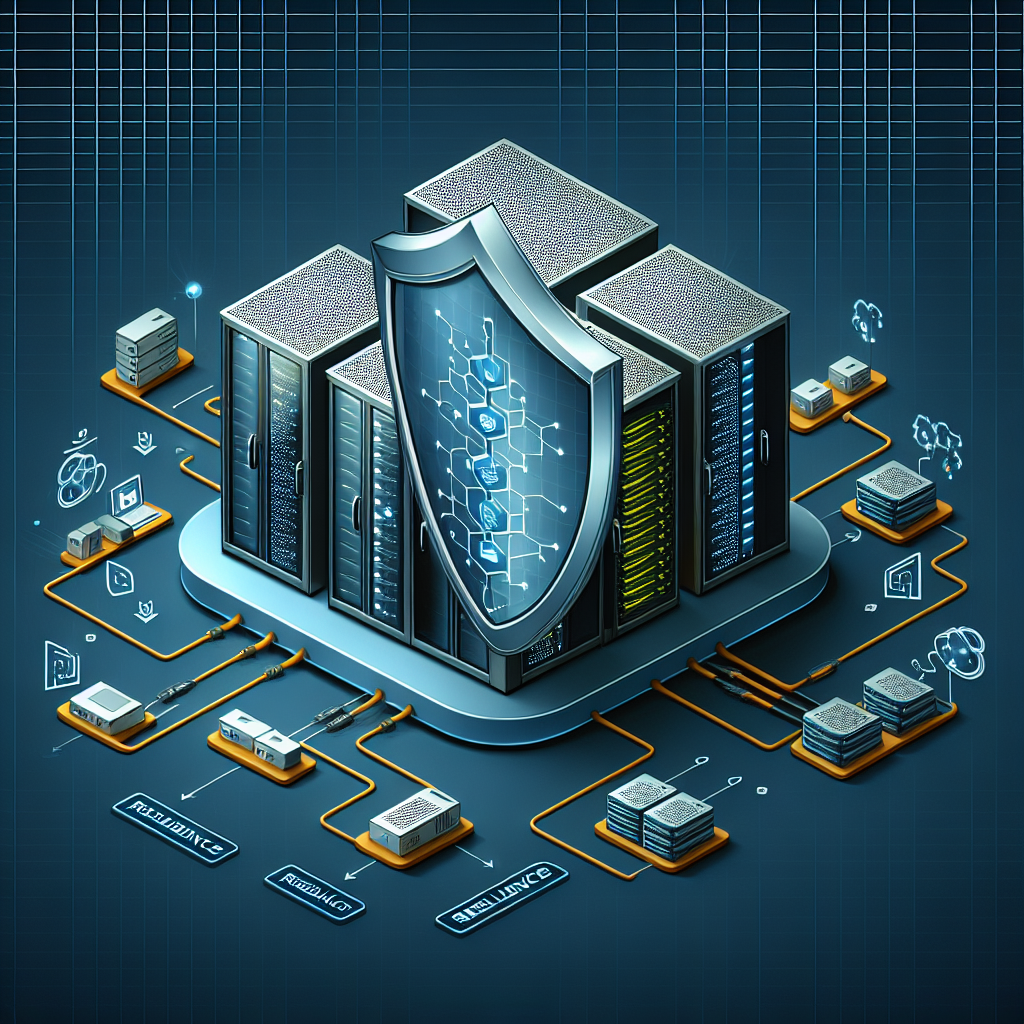Your cart is currently empty!
Maximizing Data Center Uptime: Best Practices for Reliability and Resilience

Data centers play a crucial role in the modern digital landscape, serving as the backbone of the internet and housing the servers and infrastructure that power our everyday online activities. With the increasing reliance on digital services and the growing volume of data being generated and processed, ensuring the uptime and reliability of data centers has become more important than ever.
Maximizing data center uptime is essential for businesses and organizations that rely on their IT infrastructure to deliver services to customers, employees, and partners. Downtime can result in lost revenue, damage to reputation, and disruptions to operations, making it imperative for data center operators to implement best practices for reliability and resilience.
Here are some key strategies for maximizing data center uptime:
1. Redundant Power and Cooling Systems: One of the most critical components of a data center is its power and cooling systems. Implementing redundant power sources, UPS systems, and cooling units can help ensure that the data center remains operational even in the event of a power outage or equipment failure. Regular maintenance and testing of these systems are also crucial to identify and address potential issues before they cause downtime.
2. Disaster Recovery and Business Continuity Planning: Developing a comprehensive disaster recovery and business continuity plan is essential for minimizing the impact of unforeseen events such as natural disasters, cyber attacks, or equipment failures. This plan should include processes for data backup and restoration, alternative communication channels, and procedures for relocating operations if necessary.
3. Monitoring and Management Tools: Utilizing advanced monitoring and management tools can help data center operators proactively identify and address potential issues before they escalate into downtime. Real-time monitoring of power usage, temperature levels, and equipment performance can provide valuable insights into the health of the data center and enable quick response to any abnormalities.
4. Regular Maintenance and Testing: Regular maintenance and testing of equipment and systems are essential for ensuring the reliability and resilience of a data center. Conducting routine inspections, cleaning, and servicing of critical components can help prevent equipment failures and prolong the lifespan of the infrastructure. Additionally, regular testing of disaster recovery and failover procedures can help verify that the data center can withstand unexpected events.
5. Staff Training and Certification: Investing in training and certification programs for data center staff can help ensure that they have the knowledge and skills required to effectively manage and maintain the infrastructure. Well-trained personnel can quickly identify and address issues, implement best practices for uptime optimization, and respond to emergencies in a timely manner.
In conclusion, maximizing data center uptime requires a combination of proactive planning, robust infrastructure, and skilled personnel. By implementing best practices for reliability and resilience, data center operators can minimize the risk of downtime and ensure that their IT infrastructure remains operational and reliable. Prioritizing redundancy, disaster recovery planning, monitoring tools, maintenance, and staff training can help organizations achieve optimal uptime and deliver seamless services to their users.

Leave a Reply